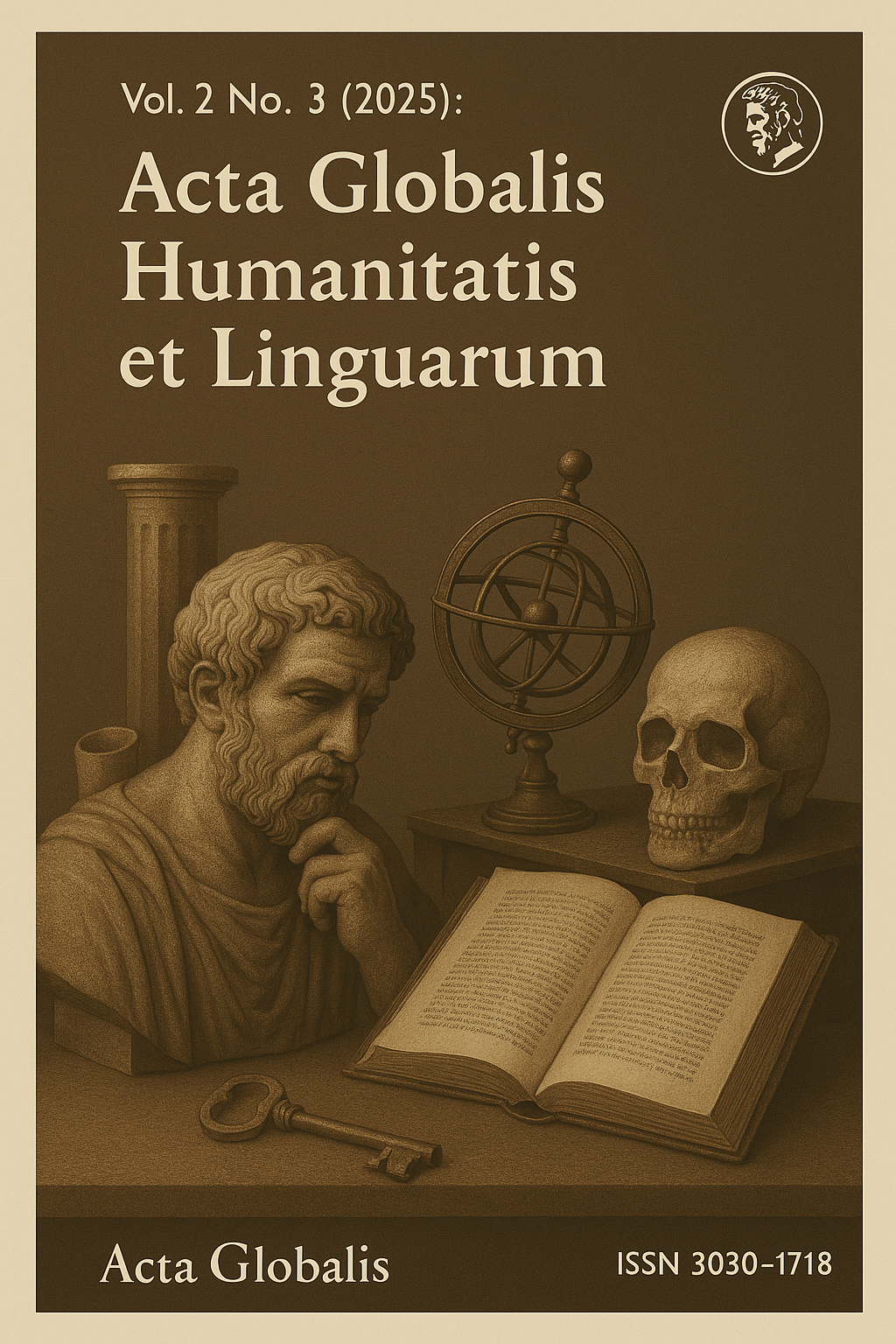The Evolution of Non-Finite Verb Forms from Old English to Modern English: A Diachronic Comparative Study
DOI :
https://doi.org/10.69760/aghel.0250020007Mots-clés :
Non-finite verbs, infinitive, participle, gerund, historical linguistics, Old English, verb evolution, Modern EnglishRésumé
This study investigates the historical evolution of non-finite verb forms in the English language, focusing on their morphological and syntactic transformation from Old English to Modern English. By analyzing the development of infinitives, participles, and gerunds across distinct historical periods—Old English, Middle English, and Modern English—the research highlights the shift from a synthetic to a more analytic linguistic system. The paper examines the structural changes in form, usage, and function, drawing comparisons that illustrate how inflectional endings were gradually replaced by word order, prepositions, and auxiliary constructions. Key areas of focus include the grammaticalization of non-finite elements, the decline of inflectional variation, and the emergence of verbal-nominal hybrids such as the gerund. This diachronic comparative analysis contributes to a deeper understanding of how English verbal morphology evolved, providing valuable insights for historical linguistics, grammar instruction, and the study of syntactic change.
Références
Bybee, J., Perkins, R., & Pagliuca, W. (1994). The evolution of grammar: Tense, aspect, and modality in the languages of the world. University of Chicago Press.
Carnie, A. (2011). Modern syntax: A coursebook. Cambridge University Press.
Clement, A., & Clement, R. W. (1977). An analysis of non-finite verb forms as an indication of the style of the translation in the Old English version of Bede's Ecclesiastical History (Master’s thesis, University of Nevada, Las Vegas).
Comrie, B. (1985). Tense. Cambridge University Press.
Complete course in freshman English. (1959).
Downing, A. (2014). English grammar: A university course (3rd ed.). Taylor & Francis.
Fulk, R. D. (2014). An introductory grammar of Old English. Tempe, AZ.
Jackson, H. (2014). Grammar and meaning: A semantic approach to English grammar. Taylor & Francis.
Kaunisto, M., & Rudanko, J. (2019). Variation in non-finite constructions in English: Trends affecting infinitives and gerunds. Springer International Publishing.
Kautzsch, A. (1996). The roots of Modern English: Non-finite verb forms (Master’s thesis, University of Regensburg).
Kroch, A., & Pak, M. (n.d.). The history of the English infinitive: Some implications for the theory of grammar and grammar change. University of Pennsylvania.
Linguistics. (2012). Wiley.
Nelson, G., & Greenbaum, S. (2018). An introduction to English grammar (3rd ed.). Taylor & Francis.
Petrini, J. P. Jr. (2007). An analysis of finite and non-finite verbs in selected passages in the Gospel of Mark. Las Vegas.
Rouveret, A. (2023). Nonfinite inquiries: Materials for a comparative study of nonfinite predicative domains. De Gruyter.
Rudanko, J. (2016). Infinitives and gerunds in recent English: Studies on non-finite complements with data from large corpora. Springer International Publishing.
Tajima, M. (1970). A study of the non-finite forms of the verb in the Gawain-poet (Master’s thesis, Simon Fraser University).
Uchiyama, K. (2006). English verb tenses.
Language typology and language universals: An international handbook. (2001). W. de Gruyter.
Young, D. J. (2013). Introducing English grammar. Taylor & Francis.
Téléchargements
Publié
Numéro
Rubrique
Licence
© Acta Globalis Humanitatis et Linguarum 2025

Cette œuvre est sous licence Creative Commons Attribution - Pas d'Utilisation Commerciale 4.0 International.







